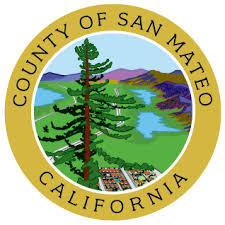San Mateo County Supervisors today moved to combat the growing public health threat posed
by cheap opioids and fentanyl
Supervisors directed County staff to develop a comprehensive plan that focuses on public education, treatment options and increased access to life-saving medications that can reverse overdoses.
“As the parent of a college sophomore and a recent college grad, this is an issue that feels very personal to me,” said Dave Pine, president of the Board of Supervisors and organizer of the session. “I think the emphasis on education just has to be continuously called out. Our best approach is educating residents, especially youth and young adults, about the lethality of these drugs.”
Pine’s comments followed a detailed report by San Mateo County Health during a Board study session on “The Opioid and Fentanyl Crisis: An Overview.” The report included presentations and discussions by local public health experts as well as by a Pacifica mother whose son died of a fentanyl overdose.
According to the Centers for Disease Control, 107,375 people in the United States died of drug overdoses and drug poisonings in the 12-month period ending in January 2022. Two-thirds, or 67 percent, of those deaths involved synthetic opioids like fentanyl, which is often mixed with other drugs.
“Any death is tragic,” said Dr. Scott Morrow, San Mateo County health officer. Though the data are imperfect, given the growing prevalence of fentanyl, he said, “it is assured that youth use and youth death will increase.”
Supervisors said they want to see the following actions included in a comprehensive plan:
- Launching public education and awareness campaigns, including billboards and targeted messaging toward youth and families in multiple languages, that build upon successes in other areas of public health
- Improving data collection to help public health experts identify specific at-risk areas or populations;
- Expanding access to life-saving medications – Naloxone — that can reverse overdoses as well as test strips that can identify the presence of fentanyl;
- Enhance communication and cooperation among a host of organizations, including County Health, public safety officials, school representatives and others that would measure the problem and make recommendations.



